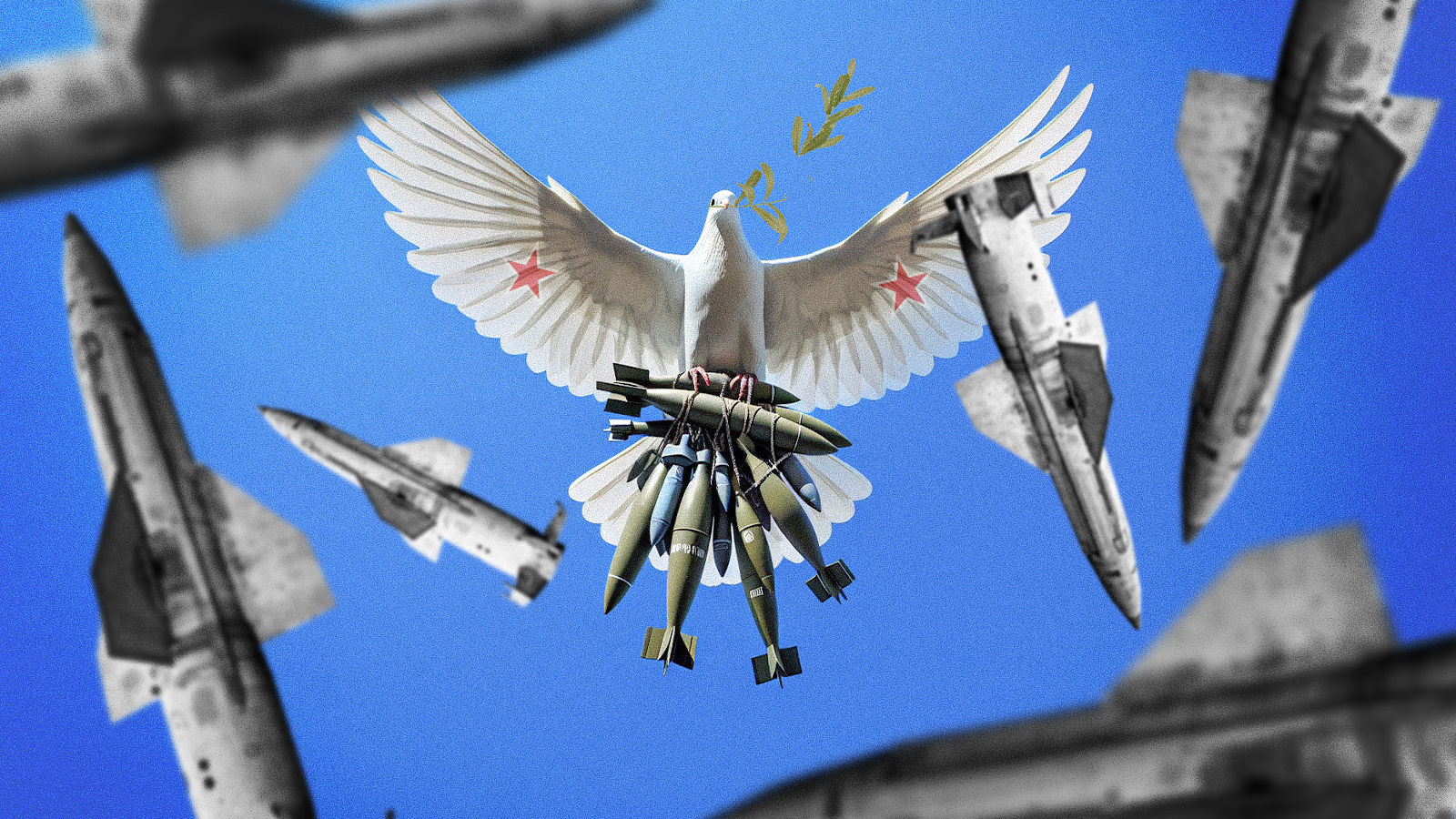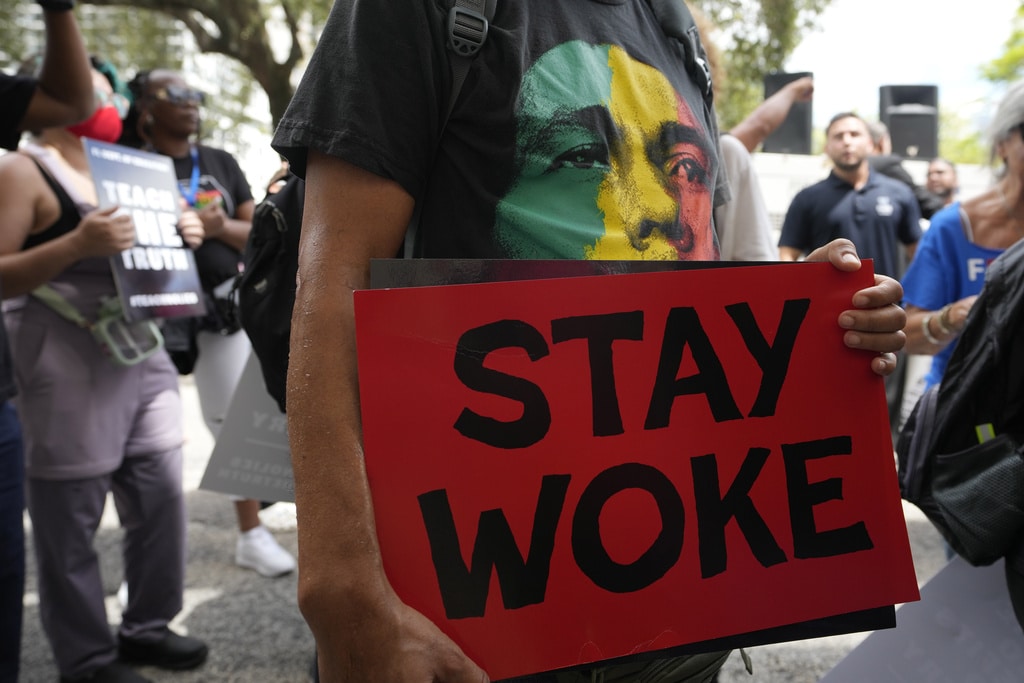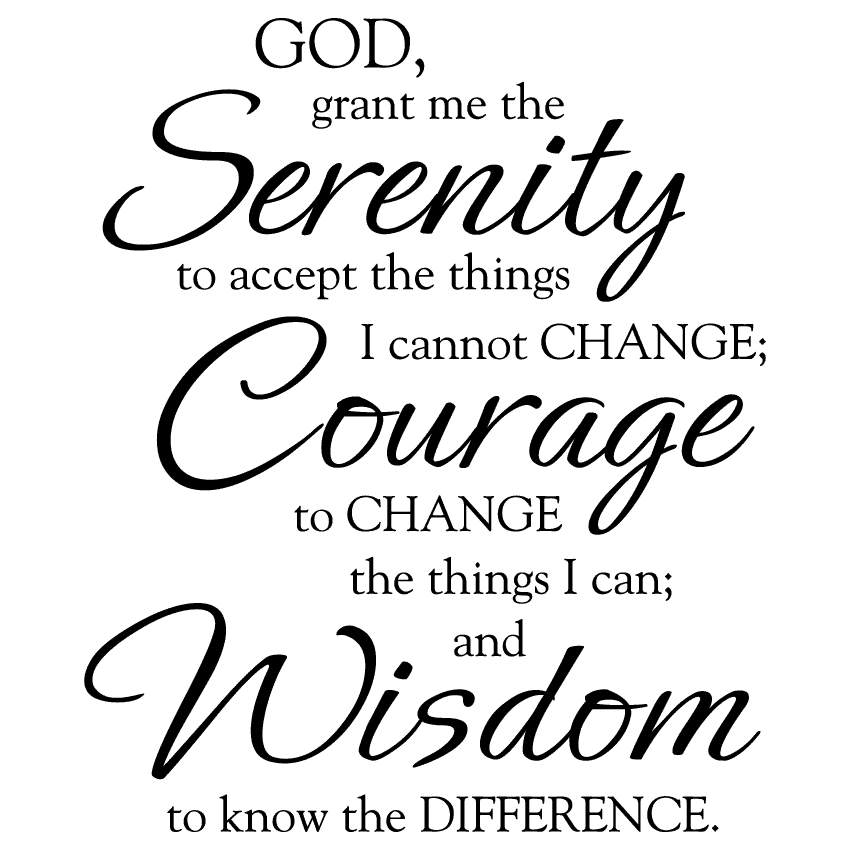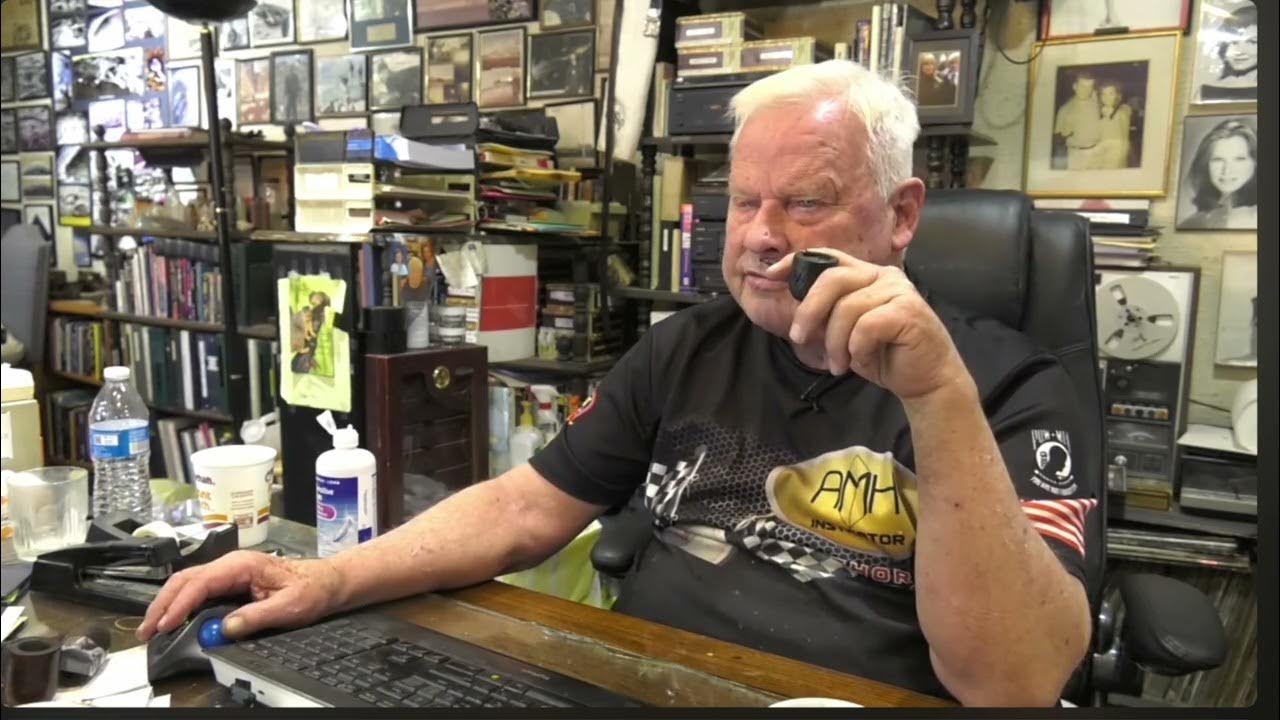It’s strange, isn’t it? The people who talk the most about peace are usually the ones standing closest to the fire. Leaders like Mark Carney, Mark Rutte, and yes—even Donald Trump—speak in grand tones about diplomacy, dialogue, and stability. But behind the curtain, something else is happening entirely.
There’s a pattern that’s almost impossible to ignore once you see it: the louder a politician calls for “peace,” the more they seem to profit from the tension. It’s not just hypocrisy—it’s strategy. And funny enough, it’s been going on for decades.
The Illusion of “Responsible Leadership”
Let’s start with Mark Carney. Former banker, now global figure, often painted as the calm, rational voice of reason. He talks about economic cooperation, global unity, and moral leadership. Sounds good, right? But dig a little deeper and his vision of peace comes with a price tag—a world where nations surrender independence to centralized control.
Carney doesn’t send troops or fire missiles. His battlefield is financial. Through policies that favor global markets and unelected economic coalitions, he pushes countries into dependency. It’s quiet, subtle, but make no mistake—it’s a war of influence.
Mark Rutte, on the other hand, is more traditional. He stands before cameras, promising support for Ukraine, defending NATO, and pushing for “peace through strength.” Yet somehow that always means more funding for weapons, more military buildup, more chaos under the name of stability.
You ever notice how the word “peace” always seems to justify another arms shipment?
The Profitable Cycle of Conflict
Here’s the uncomfortable truth: war has become a business model. The same people who publicly mourn the loss of life are often tied—directly or indirectly—to the industries that thrive on it.
Defense contractors. Energy conglomerates. Financial institutions. The revolving door between government and these corporations keeps spinning, and the incentives are obvious. Peace doesn’t sell weapons. Stability doesn’t create leverage. But conflict? That’s a gold mine.
Every time a “peacekeeping” mission fails or a ceasefire collapses, billions move quietly through the system. Media runs the narrative, the public buys the story, and the cycle resets.
And leaders like Rutte or Carney? They play their roles perfectly—appearing noble while keeping the machine running.
The Trump Paradox
Now, Trump is an interesting outlier in this mix. On the surface, he’s the opposite of the polished, diplomatic globalist. His version of “peace” is blunt—“We should stop fighting these stupid wars.” And to his credit, he’s one of the few who openly criticized NATO spending and the idea of endless foreign involvement.
But here’s the paradox: while Trump talked about peace, he also loved projecting military strength. He boosted defense budgets, praised generals, and kept the U.S. deeply involved in the same geopolitical chess game.
It’s like watching someone slam on the gas and brake at the same time. His rhetoric shook the establishment—but it didn’t dismantle it.
The Real Meaning of “Peace”
Somewhere along the way, the word peace stopped meaning the absence of war. It became a marketing slogan—a moral cover for power plays and profit schemes.
When Carney talks about “economic peace,” he really means global compliance through financial systems. When Rutte promotes “European peace,” he’s talking about NATO dominance dressed up as virtue. And when Trump speaks of “peace through strength,” it’s about flexing enough muscle to make sure the other guy stays in line.
See the pattern? Peace isn’t peace. It’s branding.
Managed Instability: The Modern Strategy
You could call it the doctrine of controlled chaos. The idea is simple: keep the world just unstable enough that global institutions remain relevant. The fear of collapse keeps people obedient. The constant state of alert keeps governments powerful.
And in this system, peace isn’t the goal—it’s the illusion that keeps the machine moving.
That’s why ceasefires don’t last. That’s why wars drag on for years without resolution. It’s why every summit, conference, or “historic meeting” ends with more uncertainty than before.
It’s not incompetence—it’s intentional.
The Hidden Cost We All Pay
Meanwhile, regular people foot the bill. Higher taxes. Inflation. Energy crises. Mental fatigue from nonstop fearmongering.
The public gets bombarded with moral slogans about “standing with freedom” while quietly paying for policies that make everything more unstable. The rich build bunkers and portfolios. The rest of us get the propaganda version of peace—a peace that never quite arrives.
(And if you think that sounds cynical… well, maybe it is. But look around.)
The Truth Nobody Wants to Admit
So what happens when peace becomes a business model?
Simple: real peace becomes impossible.
The leaders who profit from chaos can’t afford for the world to calm down. A stable, content population doesn’t need saviors. It doesn’t buy into panic-driven policies. It starts asking questions.
And that’s the real threat—awareness. Because once people realize the so-called peacemakers are actually managing the conflict, the narrative crumbles.
It’s already starting. The mask is slipping. The language doesn’t work like it used to. More people are beginning to see that “peace” isn’t always what it seems.
And maybe that’s the first step toward genuine peace—one not built on fear or manipulation, but truth.










